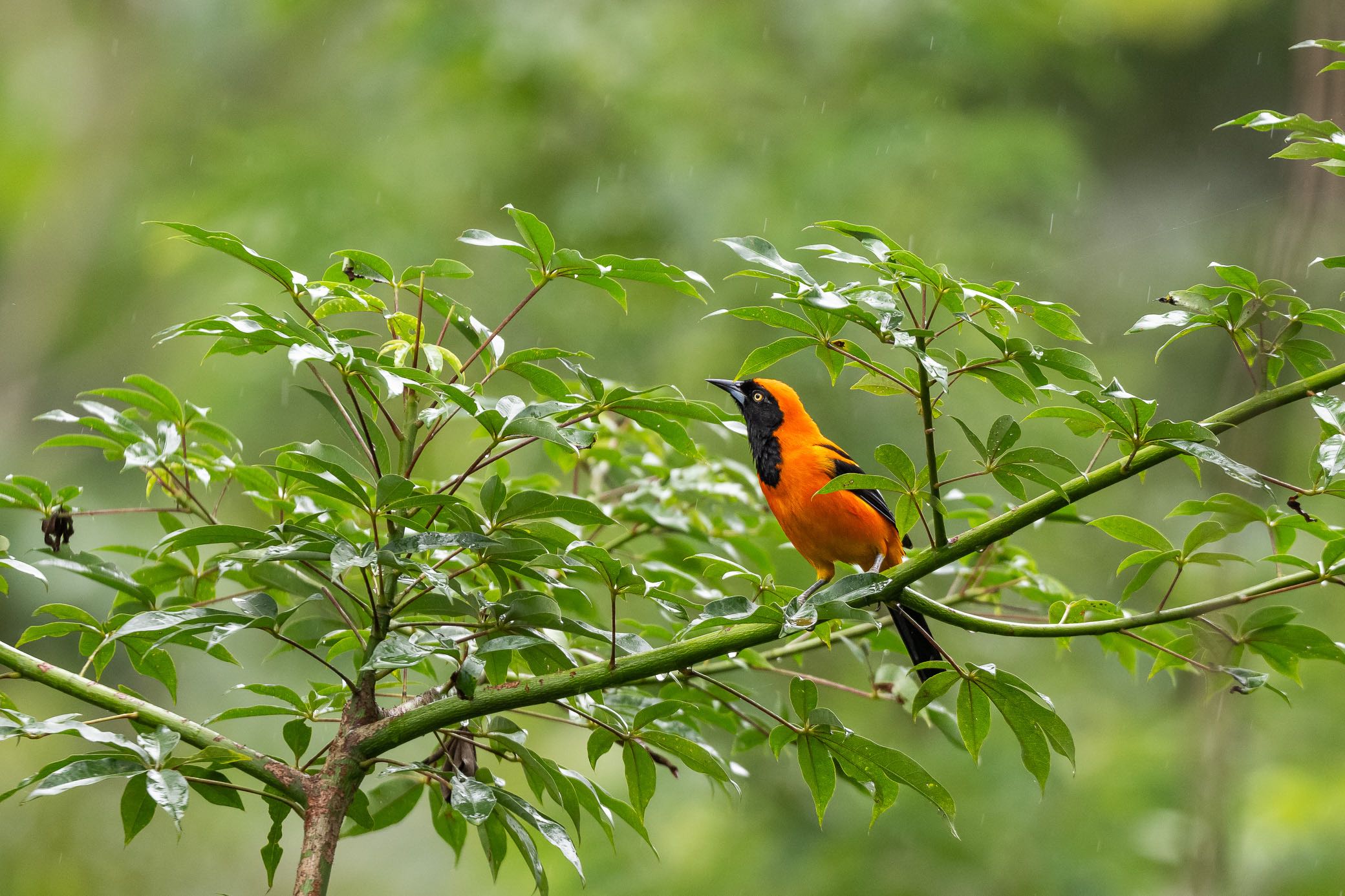
Issues in Biodiversity Spring 2020 Podcast
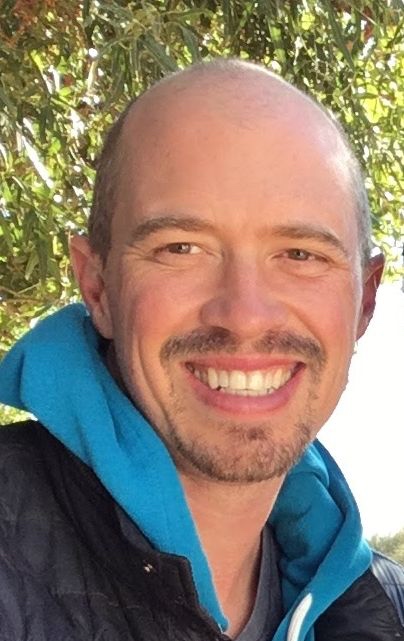
This will be a five-episode series, with one podcast episode for each of the five discussions in the Issues in Biodiversity course.
Hosted by Dr. Kevin Matteson, Associate Director of Masters Programs at Miami University.
Have ideas or feedback on these podcasts? Feel free to write Kevin at matteskc@miamioh.edu or leave a voice message at 513-529-0837.
We hope you enjoy and thanks for listening!
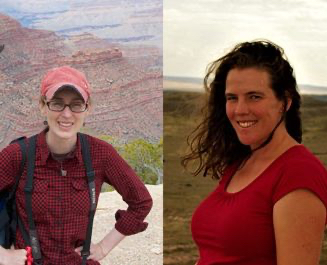 Episode 1: Overview of readings for Discussion 1: Biodiversity Past, Present, and Future. Dragonfly team members and instructors Kevin Matteson, Katie Feilen and Amy Sullivan discuss the required readings for this discussion as well as their own research backgrounds.
Episode 1: Overview of readings for Discussion 1: Biodiversity Past, Present, and Future. Dragonfly team members and instructors Kevin Matteson, Katie Feilen and Amy Sullivan discuss the required readings for this discussion as well as their own research backgrounds.
Notable quotes:
“They turned out to be undercover police!” (while describing interactions with people during fieldwork in NYC) – Kevin
“Don’t even get me started on tropical tree biodiversity!” (describing tropical fieldwork) -Katie
We know that we don’t know how many species there are on earth but I am constantly surprised by how many new species we are discovering.” (breaking down Mora et al. article)- Amy
Readings Discussed
Mannion, P. D., Upchurch, P., Benson, R. B., & Goswami, A. (2014). The latitudinal biodiversity gradient through deep time. Trends in Ecology & Evolution, 29(1), 42-50.
Mora, C., Tittensor, D. P., Adl, S., Simpson, A. G., & Worm, B. (2011). How many species are there on Earth and in the ocean?. PLoS biology, 9(8), e1001127.
Primack, R. (2010). What is biological diversity? Chapter 2 In Essentials of Conservation Biology 5th Ed. (pp. 23-50). Massachusetts: Sinauer Associates, Inc.
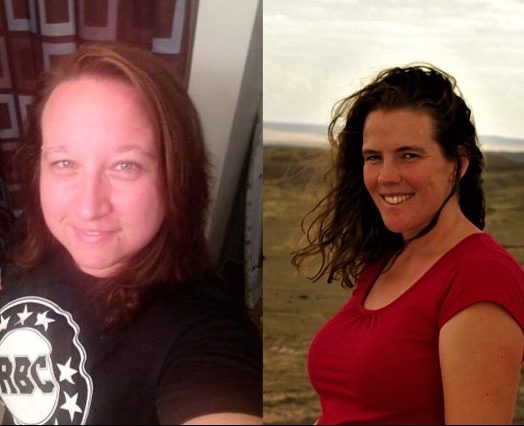 Episode 2: Overview of readings for Discussion 2: Invasive species. Dragonfly team members and instructors Amy Sullivan, Judy Metcalf, and Kevin Matteson discuss the following readings for this discussion as well as their experiences with invasive species.
Episode 2: Overview of readings for Discussion 2: Invasive species. Dragonfly team members and instructors Amy Sullivan, Judy Metcalf, and Kevin Matteson discuss the following readings for this discussion as well as their experiences with invasive species.
Notable quotes:
“When you have a small annual grass (cheatgrass) out West that is replacing shrubland and juniper woodland, that is pretty substantial structural change! – Amy
“The deliberately introduced zebra mussels to clear up the water not realizing the unintended consequences.” – Judy
“… then he (Simberloff 2011) starts talking about beavers, and mussels, and things that change the physical structure of environments… when they do that they also change the nutrient cycles.” – Kevin
Readings Discussed
- Simberloff, D. (2011). How common are invasion-induced ecosystem impacts?. Biological Invasions,13(5), 1255-1268.
- Meyerson, L. A., & Mooney, H. A. (2007). Invasive alien species in an era of globalization. Frontiers in Ecology and the Environment, 5(4), 199-208.
- Pejchar, L., & Mooney, H. A. (2009). Invasive species, ecosystem services, and human well-being. Trends in Ecology & Evolution, 24(9), 497-504.Simberloff, D. (2011). How common are invasion-induced ecosystem impacts?. Biological Invasions, 13(5), 1255-1268.
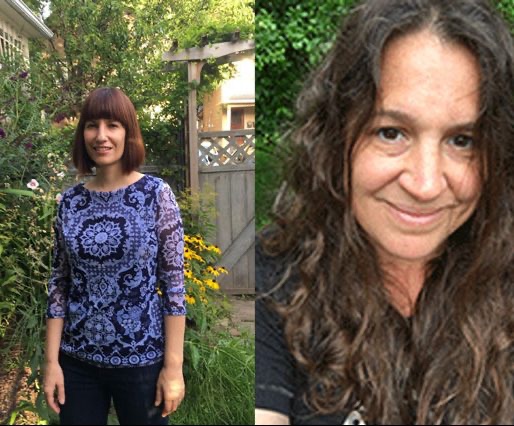 Episode 3: Overview of readings for Discussion 3: Extinction and its consequences. Dragonfly team members and instructors Ramana Callan, Kendra Cipollini, and Kevin Matteson discuss the required readings for this discussion as well as their personal feelings about extinctions. We start off discussing extinct and endangered species including American Chestnut (functionally extinct), the Passenger Pigeon, and the Thylacine (Tasmanian Wolf; see this video for footage of last known thylacine before it went extinct). Enjoy!
Episode 3: Overview of readings for Discussion 3: Extinction and its consequences. Dragonfly team members and instructors Ramana Callan, Kendra Cipollini, and Kevin Matteson discuss the required readings for this discussion as well as their personal feelings about extinctions. We start off discussing extinct and endangered species including American Chestnut (functionally extinct), the Passenger Pigeon, and the Thylacine (Tasmanian Wolf; see this video for footage of last known thylacine before it went extinct). Enjoy!
Notable quotes:
“I always love the name of the Metatron study (long-term fragmentation study) in France… of course, it makes me think of Transformers.” -Kevin
The title of this discussion was Extinction and its Consequences. The first two articles are really about Extinction and its Causes (Brook et al. 2008 and Haddad et al. 2015) and this last one is really about consequences (referring to Brashares et al. 2014 article about social conflict).” – Ramana
“Lag times totally freak me out…” -Kevin
“That was the perfect segue … speaking of bleak! We know all about all these things that are causing extinctions. We know the four big players … The “evil quartet.” (talking about Brook et al. article) – Kendra
“2+2 = 6” – Kendra (When referring to non-additive effects habitat loss, fragmentation, climate change and more)
“Acorns and beechnuts have taken over that ecological role (American Chestnut) but they don’t produce as consistent food so the wildlife is different because you had this constant massive crop of nuts every year. So, yeah, I would have liked to see mature, old-growth American Chestnut dominated forest.” Ramana (talking about functionally extinct American Chestnut)
Readings Discussed
- Brook, B. W., Sodhi, N. S., & Bradshaw, C. J. (2008). Synergies among extinction drivers under global change. Trends in Ecology & Evolution, 23(8), 453-460.
- Brashares, J. S., Abrahms, B., Fiorella, K. J., Golden, C. D., Hojnowski, C. E., Marsh, R. A., & … Withey, L. (2014). Wildlife decline and social conflict. Science, 345(6195), 376. doi:10.1126/science.1256734
- Haddad, N. M., Brudvig, L. A., Clobert, J., Davies, K. F., Gonzalez, A., Holt, R. D., … & Cook, W. M. (2015). Habitat fragmentation and its lasting impact on Earth’s ecosystems. Science Advances, 1(2), e1500052.
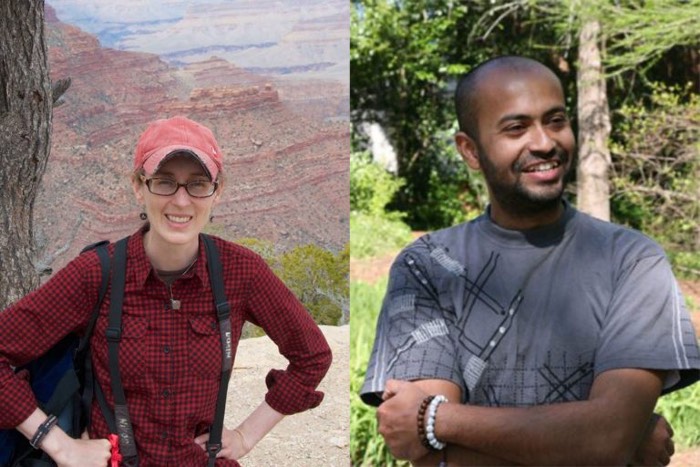 Episode 4: Overview of readings for Discussion 4: Climate Change. Dragonfly team members and instructors Katie Feilen and Shafkat Khan join host Kevin Matteson to discuss the following required readings for this discussion as well as local actions to combat climate change. We start off discussing Shafkat and Katie’s actions to increase awareness of climate change in Oxford, Ohio using art. Their work has resulted in a community exhibition at the Oxford Community Art Center and various other collaborations. If you want to jump ahead using the audio slider below, we start discussing the Chen et al. (2011) paper at about 14 minutes, Hoegh-Guldberg and Bruno (2010) at 37 minutes, and Scheffers et al. (2016) at 47:30.
Episode 4: Overview of readings for Discussion 4: Climate Change. Dragonfly team members and instructors Katie Feilen and Shafkat Khan join host Kevin Matteson to discuss the following required readings for this discussion as well as local actions to combat climate change. We start off discussing Shafkat and Katie’s actions to increase awareness of climate change in Oxford, Ohio using art. Their work has resulted in a community exhibition at the Oxford Community Art Center and various other collaborations. If you want to jump ahead using the audio slider below, we start discussing the Chen et al. (2011) paper at about 14 minutes, Hoegh-Guldberg and Bruno (2010) at 37 minutes, and Scheffers et al. (2016) at 47:30.
Notable Quotes
“I always struggle with Nature and Science articles because they make them so short…And what is lost is data … I like data, that is what I realize. I need data, I need numbers, I need to get down and dirty.” – Katie
“Climate change is not necessarily a single source, single variable, single message change. Its messing with the Earth’s climatic balance that has so many different levels of impacts. Yeah, I am glad we are reading these articles.” -Shafkat
“Only 5% of climate change studies are in marine ecosystems.” and “A warmer world would be a sicker world.” – Kevin (quoting the Hoegh-Guldberg and Bruno (2010) article)
Readings Discussed
Chen, I. C., J. K. Hill, et al. (2011). Rapid Range Shifts of Species Associated with High Levels of Climate Warming. Science, 333(6045): 1024-1026.
Hoegh-Guldberg, O. and J. F. Bruno (2010). The Impact of Climate Change on the World’s Marine Ecosystems. Science, 328(5985): 1523-1528.
Scheffers, B. R., L. De Meester, et al. (2016). The broad footprint of climate change from genes to biomes to people. Science, 354(6313).
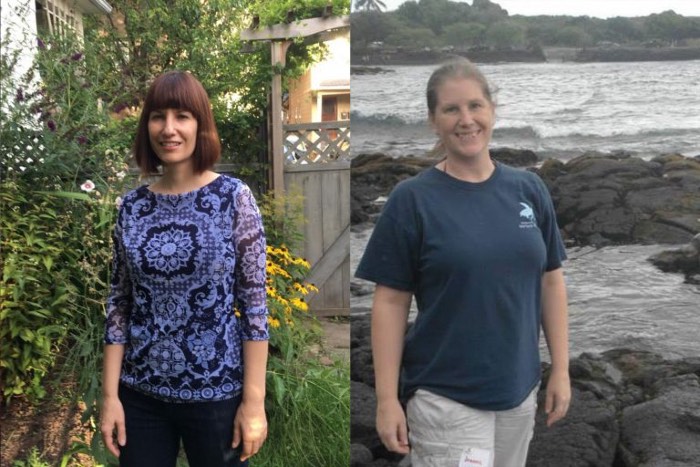 Episode 5: Overview of readings for Discussion 5: Biodiversity conservation. Dragonfly team members and instructors Jeannie Miller Martin and Ramana Callan join host Kevin Matteson to discuss the required readings for this discussion as well as thoughts on mainstreaming biodiversity. Towards the end of the podcast, Kevin talks about whether or not to plant exotic bamboo in his backyard. Turns out there IS a native bamboo genus in the USA. Who knew?! If you want to jump ahead, we discuss the Redford article at 15 minutes, Mace and Norris at 31 minutes, and Kueffer et al. article at about 47 minutes.
Episode 5: Overview of readings for Discussion 5: Biodiversity conservation. Dragonfly team members and instructors Jeannie Miller Martin and Ramana Callan join host Kevin Matteson to discuss the required readings for this discussion as well as thoughts on mainstreaming biodiversity. Towards the end of the podcast, Kevin talks about whether or not to plant exotic bamboo in his backyard. Turns out there IS a native bamboo genus in the USA. Who knew?! If you want to jump ahead, we discuss the Redford article at 15 minutes, Mace and Norris at 31 minutes, and Kueffer et al. article at about 47 minutes.
Notable quotes:
“Everything we do in Dragonfly comes back to “What is the question”, “What is the question” “What is the question?” We have to consider, Is the question that we want to drive data for our paper or is the question that we want to create a change somewhere?” – Jeannie referring to Redford et al. 2015 article
“Sometimes biodiversity and ecosystem services are almost used synonymously which is a big pet peeve… I love that they (Mace et al. 2012 article) make it clear how they are different.” – Kevin
“I never really liked the ‘rivet airplane analogy’ (of species loss affecting ecosystem stability). I like the Jenga analogy better where you are destabilizing this tower and the context of the rivets (location, etc.) affects what happens.” – Ramana
“There is really no wrong answer when you are doing the right thing.” – Jeannie
Readings Discussed
- Redford, K. H., B. J. Huntley, et al. (2015). Mainstreaming Biodiversity: Conservation for the Twenty-First Century. Frontiers in Ecology and Evolution, 3(137).
- Kueffer, C. and C. N. Kaiser-Bunbury (2014). Reconciling conflicting perspectives for biodiversity conservation in the Anthropocene. Frontiers in Ecology and the Environment, 12(2): 131-137.
- Mace, G. M., K. Norris, et al. (2012). Biodiversity and ecosystem services: a multilayered relationship. Trends in Ecology & Evolution, 27(1): 19-26.
